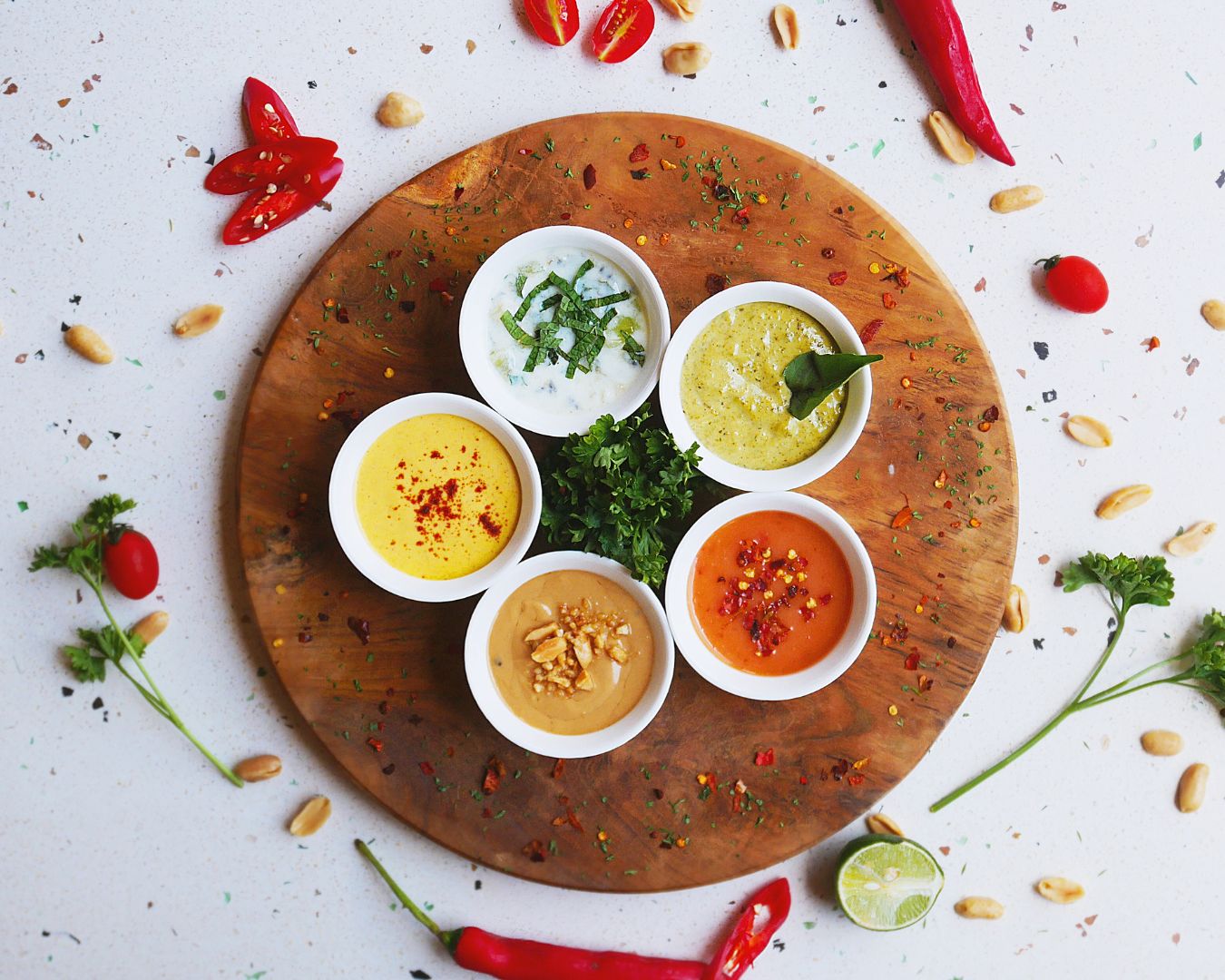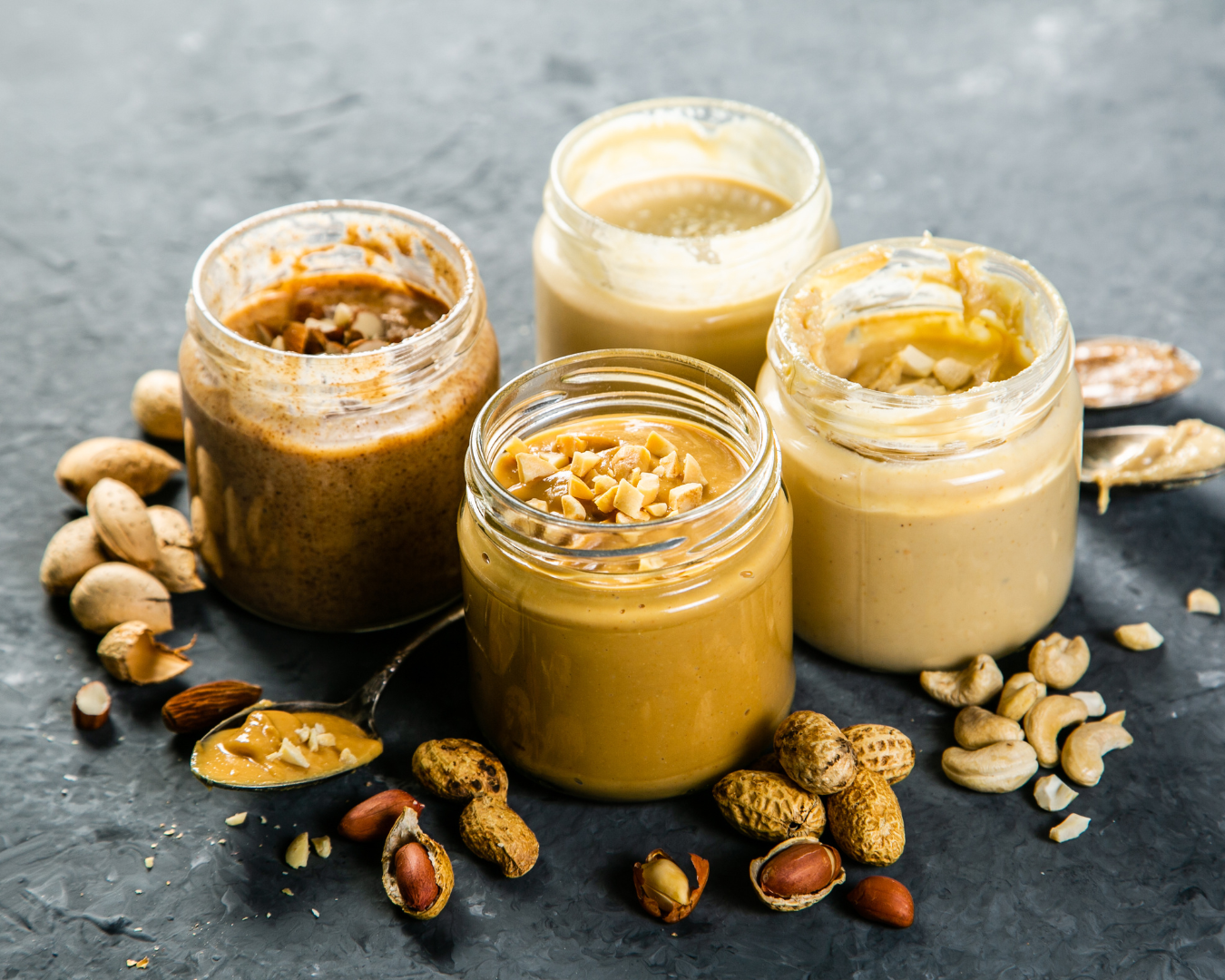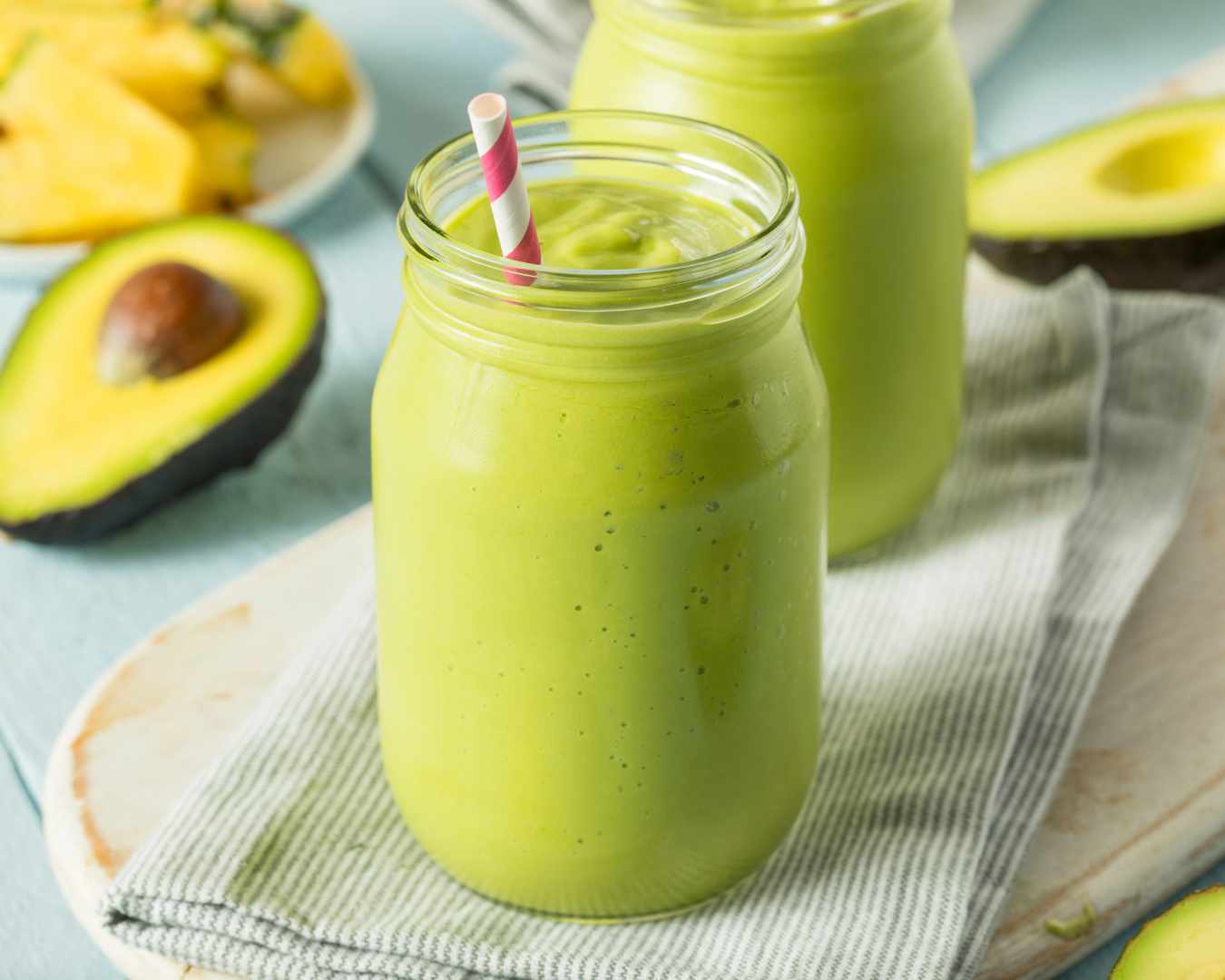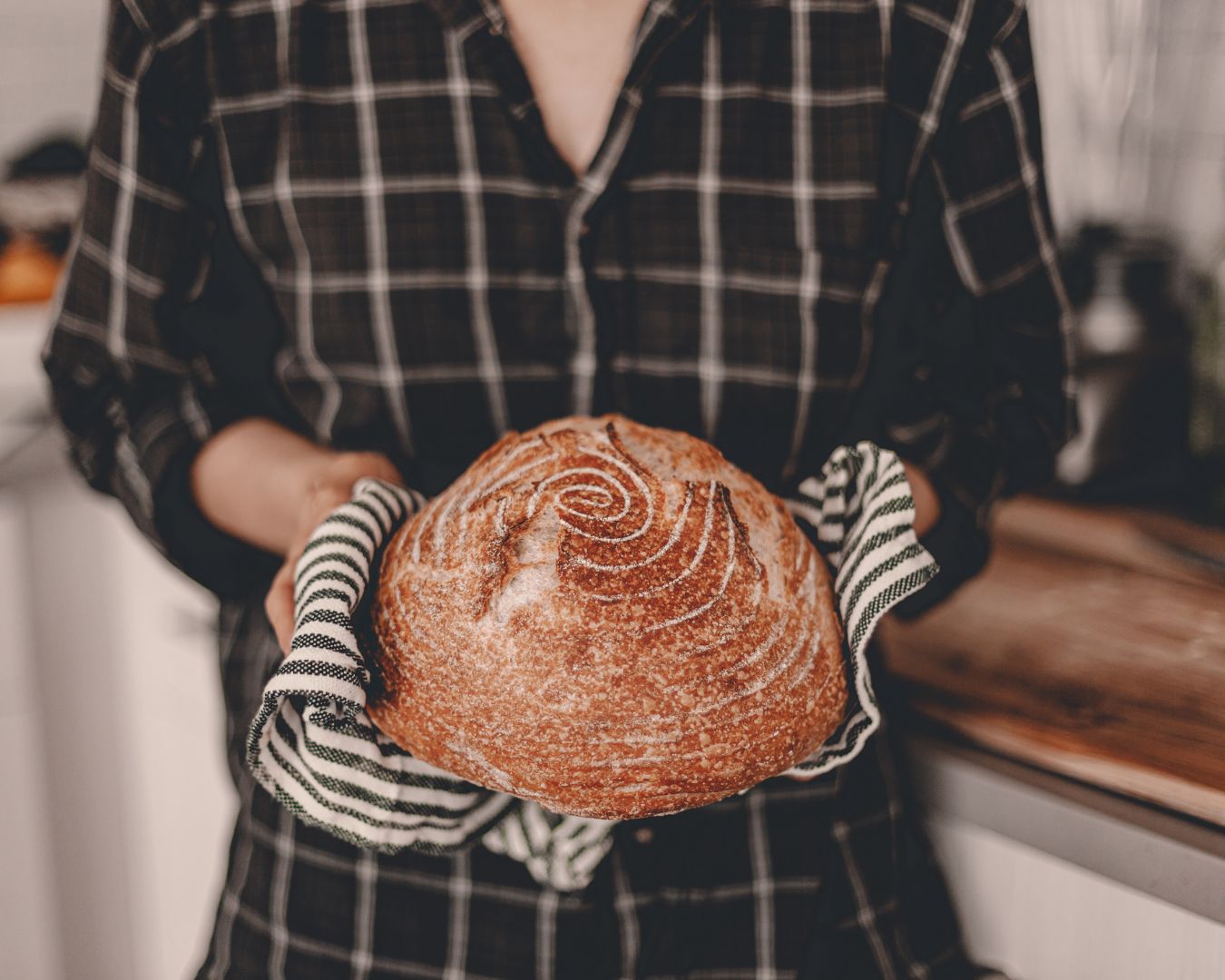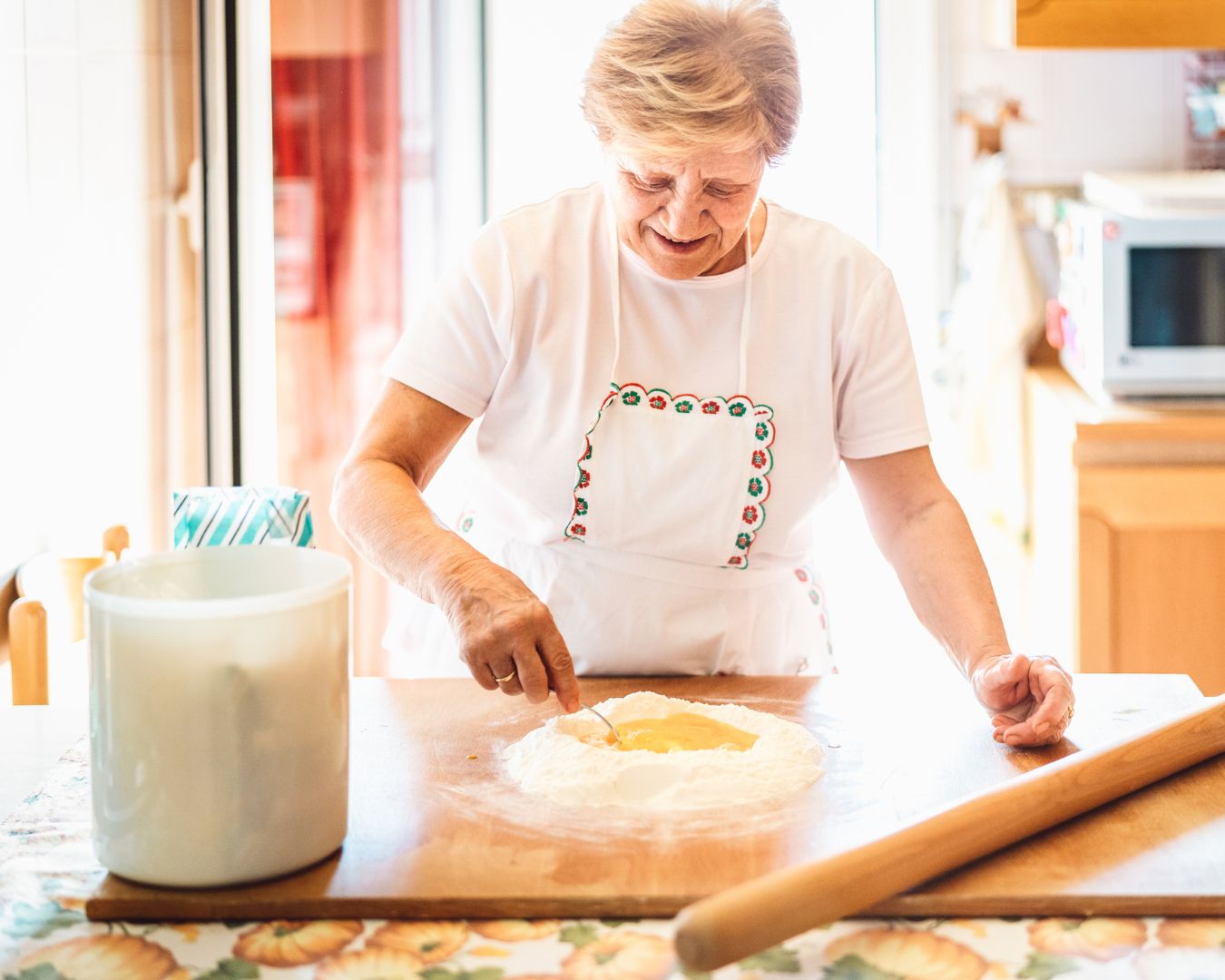Homemade nut butters and seed pastes are not only delicious but also packed with nutrients and free from unnecessary additives. Whether you’re a fan of creamy peanut butter, rich almond paste, or smooth sunflower seed butter, making these spreads at home is simple and rewarding. Here’s how to create your own nut butters and seed pastes with ease, plus some tips for customization and storage. Why Make Nut Butters and Seed Pastes at Home? 1. Healthier Ingredients: Homemade versions allow you to control the quality and quantity of ingredients, avoiding added sugars, unhealthy fats, and preservatives often found in store-bought options. 2. Customizable Flavors: Adjust the flavor and texture to your preference. You can add spices, sweeteners, or even mix different nuts and seeds to create your unique blend. 3. Freshness: Freshly made nut butters and seed pastes often taste better and retain more nutrients compared to their store-bought counterparts. Essential Ingredients For Nut Butters: For Seed Pastes: Basic Instructions 1. Choose Your Nuts or Seeds: Start with raw, unsalted nuts or seeds. You can use them as-is or roast them lightly for a deeper flavor. Roasting enhances the nutty taste and can be done by spreading the nuts or seeds on a baking sheet and toasting them in a preheated oven at 350°F (175°C) for 8-10 minutes, stirring occasionally. 2. Cool and Prepare: Allow roasted nuts or seeds to cool before processing. This prevents the oils from separating and ensures a smoother texture. 3. Blend to Desired Consistency: 4. Adjust Flavor and Texture: 5. Store Properly: Transfer your homemade nut butter or seed paste to an airtight container. Store it in the refrigerator for longer shelf life, typically 2-3 weeks, or at room temperature for up to a week. Recipe Variations and Ideas 1. Peanut Butter: Blend roasted peanuts until smooth, adding a touch of salt and a small amount of honey if desired. 2. Almond Butter: Use roasted almonds and blend with a pinch of salt. For a richer flavor, try adding a dash of cinnamon or vanilla extract. 3. Cashew Butter: Blend roasted cashews with a bit of coconut oil for a creamy texture. A touch of sea salt complements its natural sweetness. 4. Sunflower Seed Butter: Ideal for nut-free diets, blend roasted sunflower seeds with a bit of honey and a pinch of salt. For added depth, mix in a bit of cinnamon. 5. Tahini: Made from roasted sesame seeds, tahini is a versatile paste perfect for dressings, dips, and spreads. Blend roasted sesame seeds with a little oil for a smooth consistency. Creative Uses 1. Spread on Toast: Enjoy your nut butter or seed paste on whole-grain toast for a nutritious breakfast or snack. 2. Add to Smoothies: Stir into smoothies for added protein and creaminess. 3. Use in Baking: Incorporate into cookies, muffins, or energy bars for a nutty flavor. 4. Dip for Fruits and Veggies: Use as a dip for apple slices, celery sticks, or other fresh produce. 5. Make Sauces and Dressings: Blend with a bit of water or additional seasoning to create rich sauces or dressings. Making homemade nut butters and seed pastes is a satisfying way to enjoy fresh, nutritious spreads tailored to your tastes. With just a few basic ingredients and a food processor, you can create delicious butters and pastes that elevate your meals and snacks. Experiment with different nuts, seeds, and flavors to find your perfect blend, and enjoy the benefits of homemade goodness in every bite.

